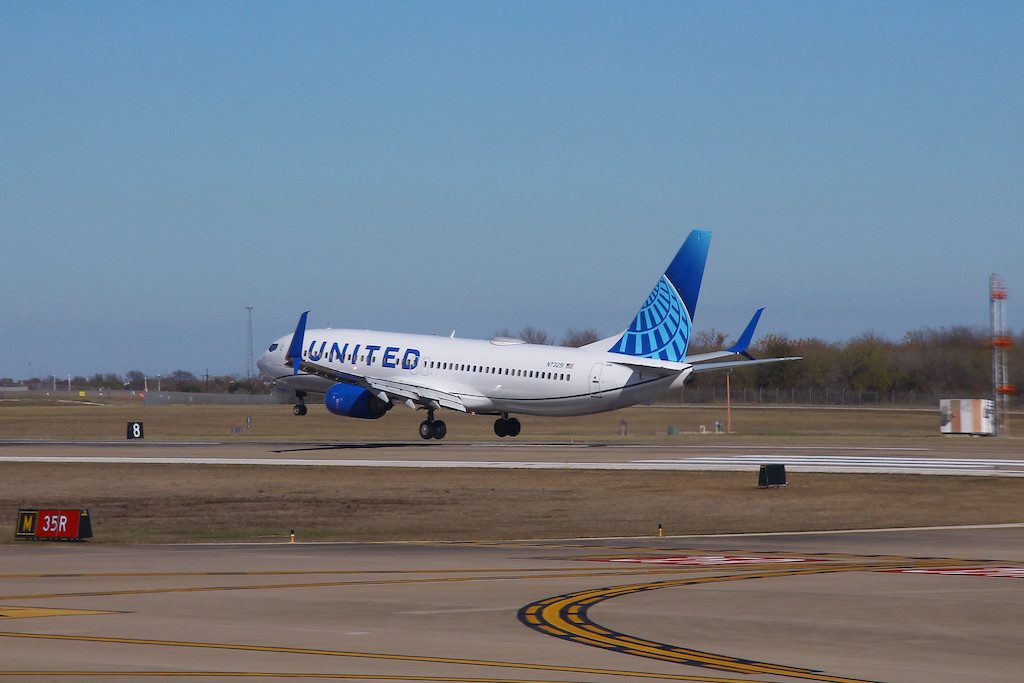Airlines May Actually Regain Some Pricing Power This Summer

Skift Take
The rollout of Covid-19 vaccines has the airline industry looking toward an "inflection point" when the travel recovery takes off later this year. That spike in flyers could mean some sky-high fares but, after more than a year stuck at home, travelers may not care.
Americans appear eager to break out after nearly a year in their coronavirus pandemic bubbles. Flight searches are up for trips later this year and multiple U.S. airlines predict an “inflection point” for travel at some point later this year that may provide carriers with flexibility to boost ticket prices.
“There'll be a very steep increase in demand” during the months immediately following that inflection, United Airlines CEO Scott Kirby said earlier in January. Leisure travel demand could return to as much as 85 percent to 90 percent of pre-pandemic levels at that time, he added.
Travelers at Delta Air lines are beginning to show “behavior of pent-up demand," the carrier's CEO Ed Bastian told investors earlier this month. He added that, if the travel inflection occurs this spring, the carrier could eke out a small profit this summer. Delta lost $12.4 billion in 2020.
And while no one can agree when that inflection will occur — forecasts range from spring to summer to Labor Day — there’s consensus that it will happen once there is broad availability of Covid-19 vaccines. Only then will the influx of travelers come.
That’s music to the ears of beleaguered airlines. A qu
